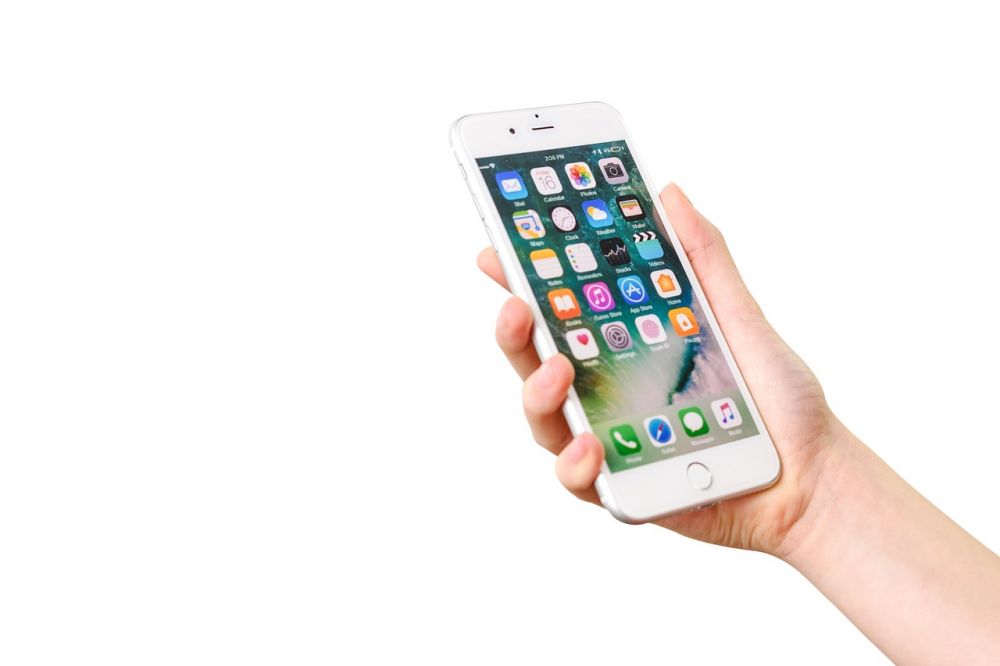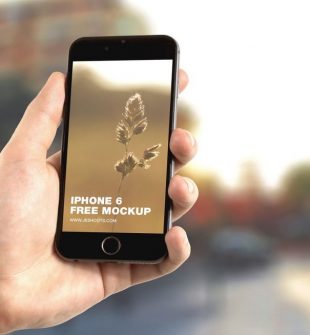Tinder App: Revolutionizing Online Dating for Tech Enthusiasts

Introduction
With the rise of mobile technology, online dating has become more accessible and popular than ever before. Among the plethora of dating apps available today, Tinder stands as one of the pioneers and most recognizable names in the industry. This article aims to provide a comprehensive overview of the Tinder app, catering to the interests of tech enthusiasts who are curious about this phenomena.
What is Tinder?

Tinder is a location-based dating app that allows users to connect and chat with potential matches in their vicinity. Launched in 2012, it quickly gained popularity for its simple and user-friendly interface, which revolutionized the online dating landscape. Tinder’s success can be attributed to its unique swiping feature, where users can swipe left to pass or swipe right to express interest in another user’s profile. If both users swipe right, indicating a mutual interest, they can initiate a conversation.
Key Features and Benefits
Tinder offers a plethora of features that make it an appealing choice for tech enthusiasts, as well as those looking to enhance their dating experience. These features include:
1. Geolocation: Tinder utilizes GPS technology to identify potential matches in the user’s immediate vicinity, making it easier to connect with people nearby.
2. User-Friendly Interface: The app’s interface is sleek, intuitive, and optimized for mobile devices, making it seamless for users to navigate through profiles.
3. Swipe Feature: Tinder’s iconic swipe feature allows users to quickly browse profiles and make decisions based on a person’s photos and brief bio.
4. Compatibility Matching: Tinder uses an algorithm to match users based on their preferences, increasing the likelihood of finding compatible partners.
5. Chatting and Messaging: Once a match is made, users can communicate through Tinder’s built-in messaging system, fostering conversations and connections.
Historical Evolution of Tinder
Since its inception, Tinder has undergone significant changes and improvements. Here is a brief historical overview of its development:
1. 2012-20
Tinder was initially launched as a college-only platform, limiting its user base. However, it gained traction quickly and expanded to include users of all demographics.
2. 2014: Tinder introduced the “Moments” feature, enabling users to share photos and engage with matches in a more dynamic manner. This feature allowed users to get a glimpse into each other’s lives beyond static profile pictures.
3. 2015: Tinder introduced the “Super Like” feature, allowing users to express extra interest in someone’s profile. This feature increased the likelihood of making meaningful connections.
4. 2017: The app underwent a complete redesign, focusing on aesthetics and usability. This update aimed to enhance the user experience and streamline the matching process.
5. 2018: Tinder introduced “Tinder U,” a feature exclusively for college students. This targeted approach allowed students to connect with each other more easily.
Tinder’s Influence on Online Dating
Tinder’s impact on the online dating industry cannot be overstated. Its success has paved the way for subsequent dating apps, giving birth to a culture of swiping and connecting through smartphones. The app’s emphasis on simplicity, gamification, and location-based matching has reshaped user expectations and preferences. Tinder’s influence extends beyond the realm of dating apps, permeating popular culture, social discourse, and even language itself.
Conclusion
Tinder has revolutionized the way people approach dating in the digital age. Its unique features and simple interface have transformed online dating from a daunting task to an enjoyable experience. Tech enthusiasts are drawn to Tinder’s innovative use of technology and its impact on societal norms. Whether you are a seasoned user or new to the app, Tinder’s ability to connect people in a digital world continues to captivate millions worldwide.
References:
– Tinder. (n.d.). Retrieved from https://www.tinder.com





